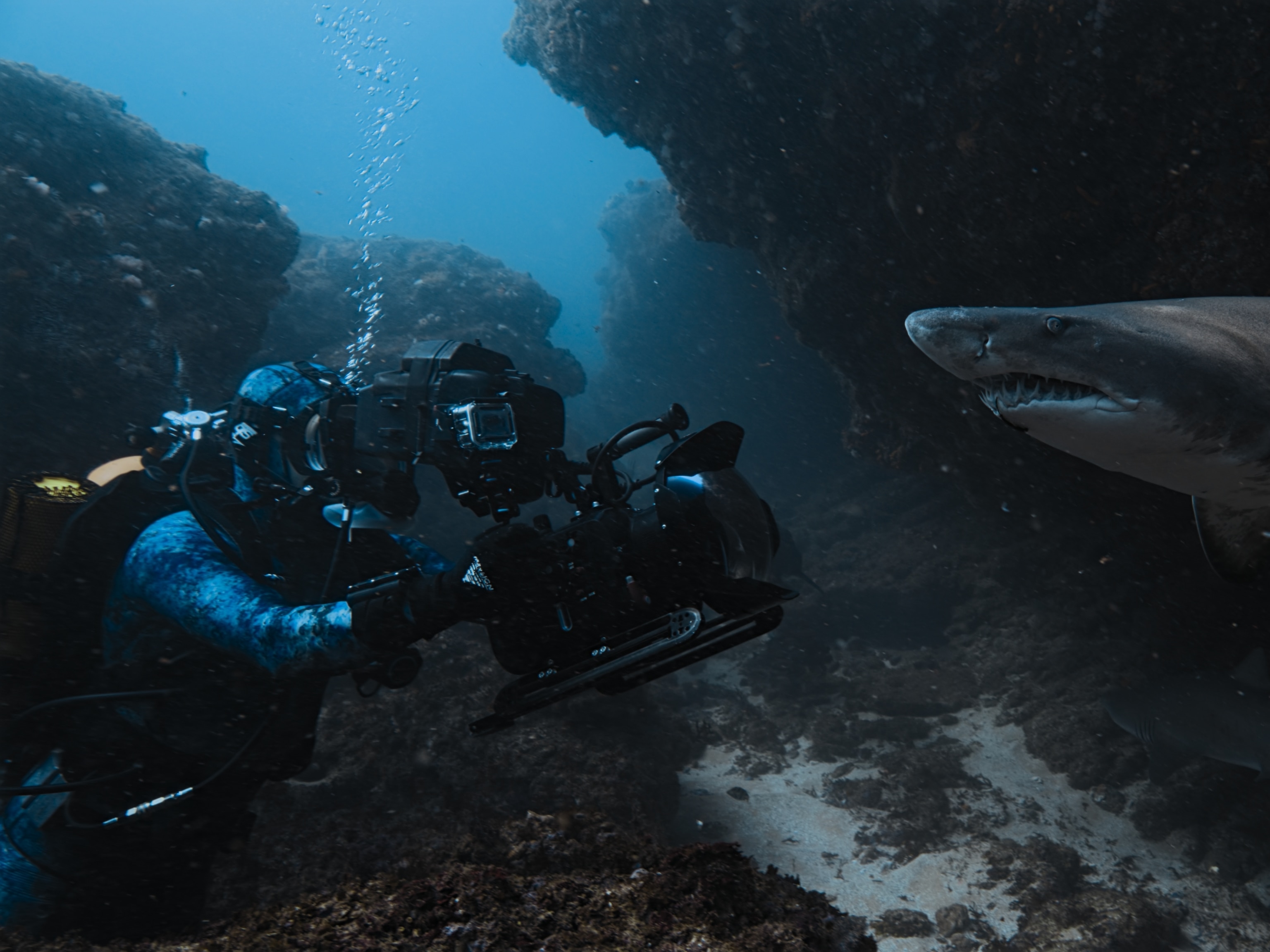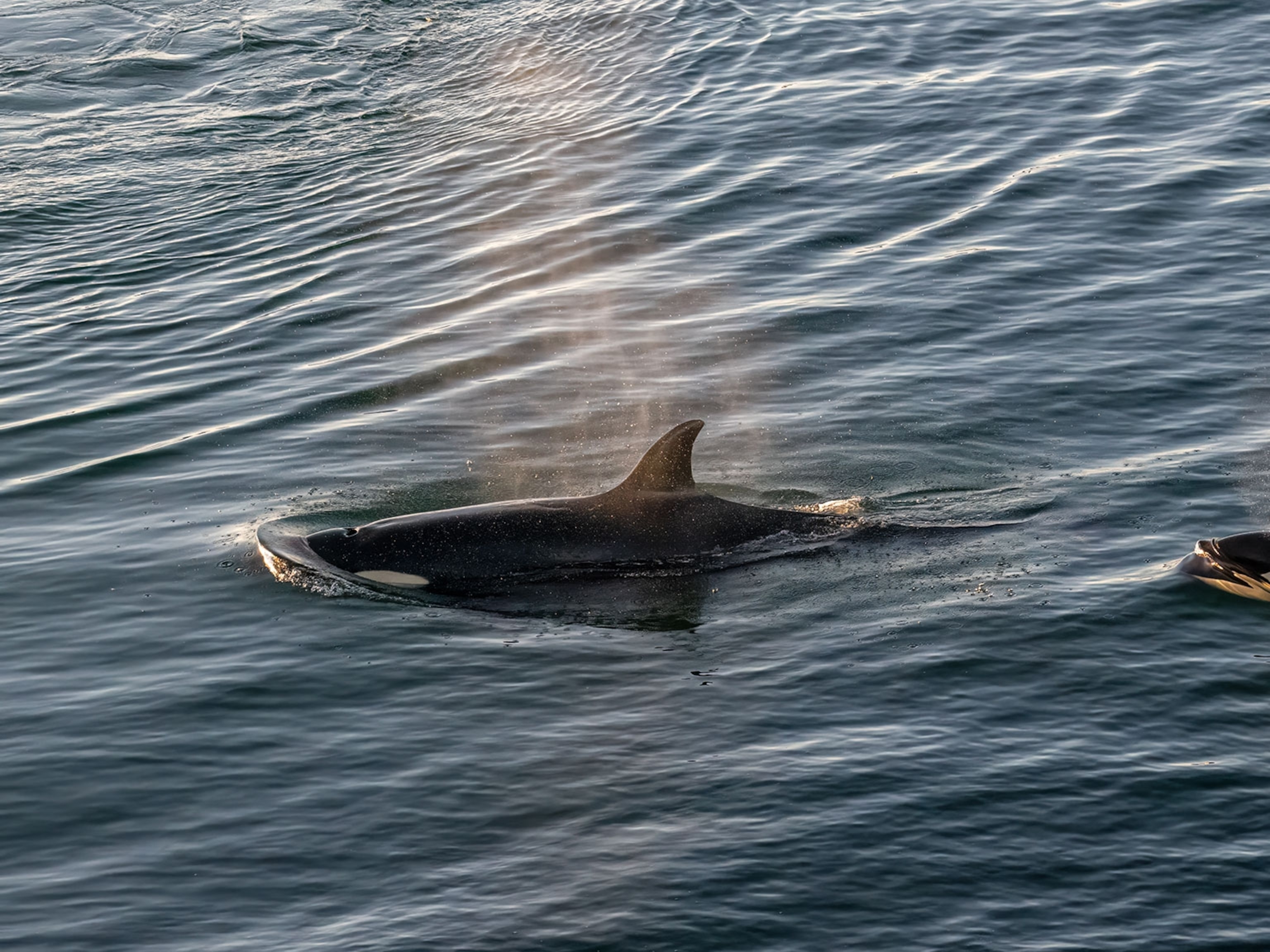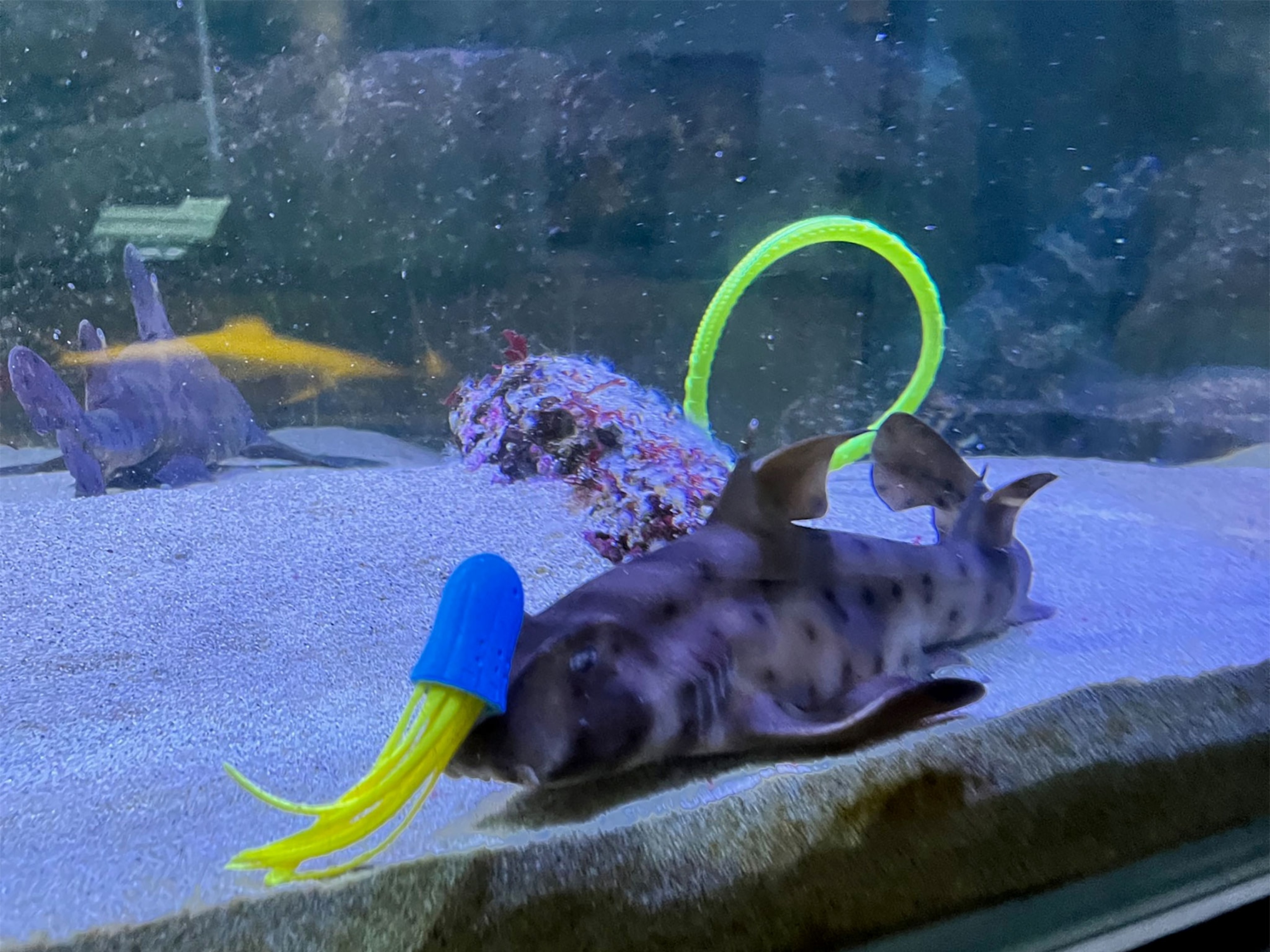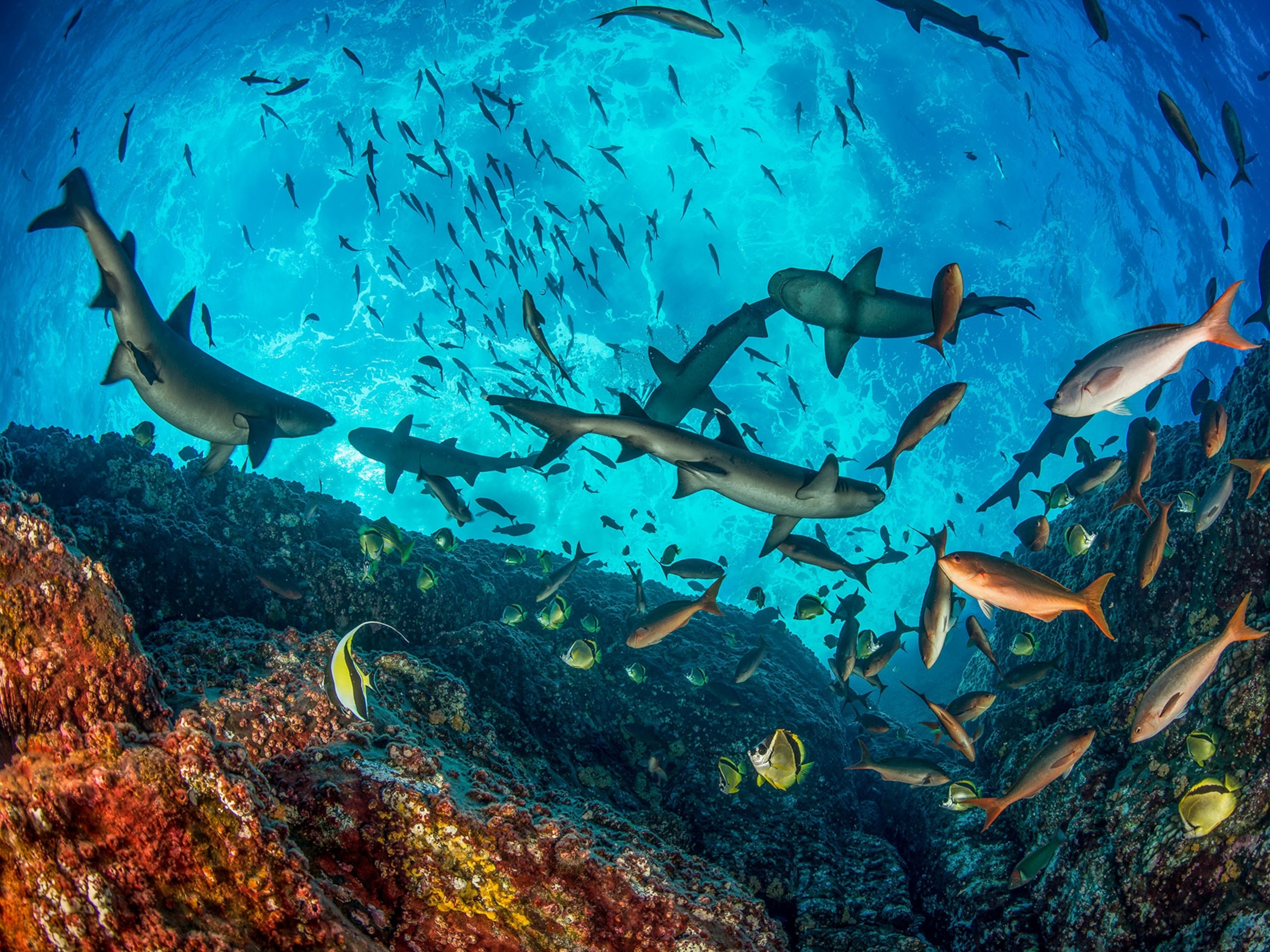Explore a Rare Hammerhead Shark Nursery in the Galapagos
The newly discovered nursery offers protection from the sharks' predators—and gives scientists the chance to track them.
Scientists in the Galápagos recently discovered a natural breeding site, or nursery, for scalloped hammerhead sharks—good news for an endangered species that they are working to track and conserve.
The nursery was discovered along the coast of Santa Cruz Island in November, adding to the archipelago's importance as one of the most densely populated zones for sharks in the world.
Researchers are returning to the site now to begin collecting data and tagging the sharks for further study. This species of shark can live as long as 30 years, providing a potentially long window of data on where they go, what they eat, and more.
Scalloped hammerhead sharks are using the sheltered, crustacean-filled mangroves along Santa Cruz Island to breed. Females give birth to their pups, sometimes in litters of 30 or more, after a nine- to ten-month gestation.
The female sharks then leave the young in the well-protected, food-rich environment, where they slowly mature to adulthood, safe from many of their natural predators (like other sharks) in the open ocean.
When the scientists tag the sharks they have to work fast. The fish typically need constant water flow to breathe, so researchers only have two minutes to tag the animal from the time they catch it to the time they must put it back in the water, to ensure its survival.
Park rangers in that area of the Galápagos Islands have been monitoring and tagging hundreds of sharks for years, Agence France-Presse reports. The area is one of the biggest oceanic parks in the world.
Scalloped hammerhead sharks are classified as an endangered species due to overfishing and illegal capture, according to the International Union for the Conservation of Nature. The government of Ecuador—which oversees the Galápagos—has created a sanctuary zone where no fishing is allowed to help protect the species.





